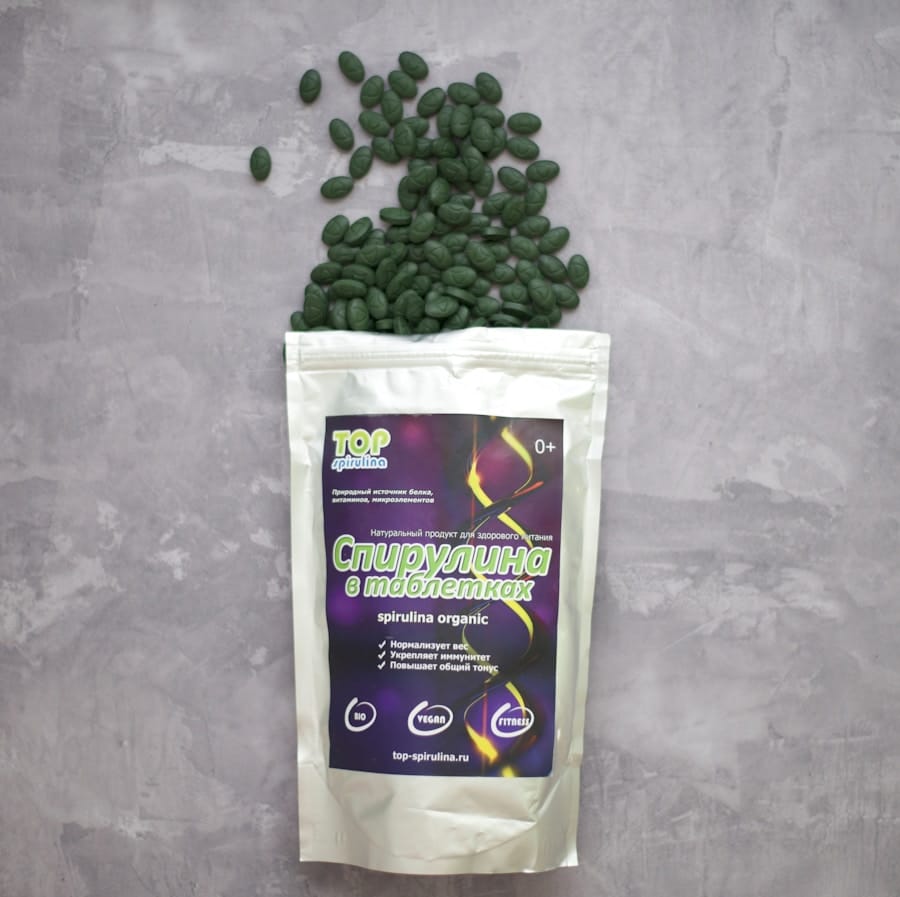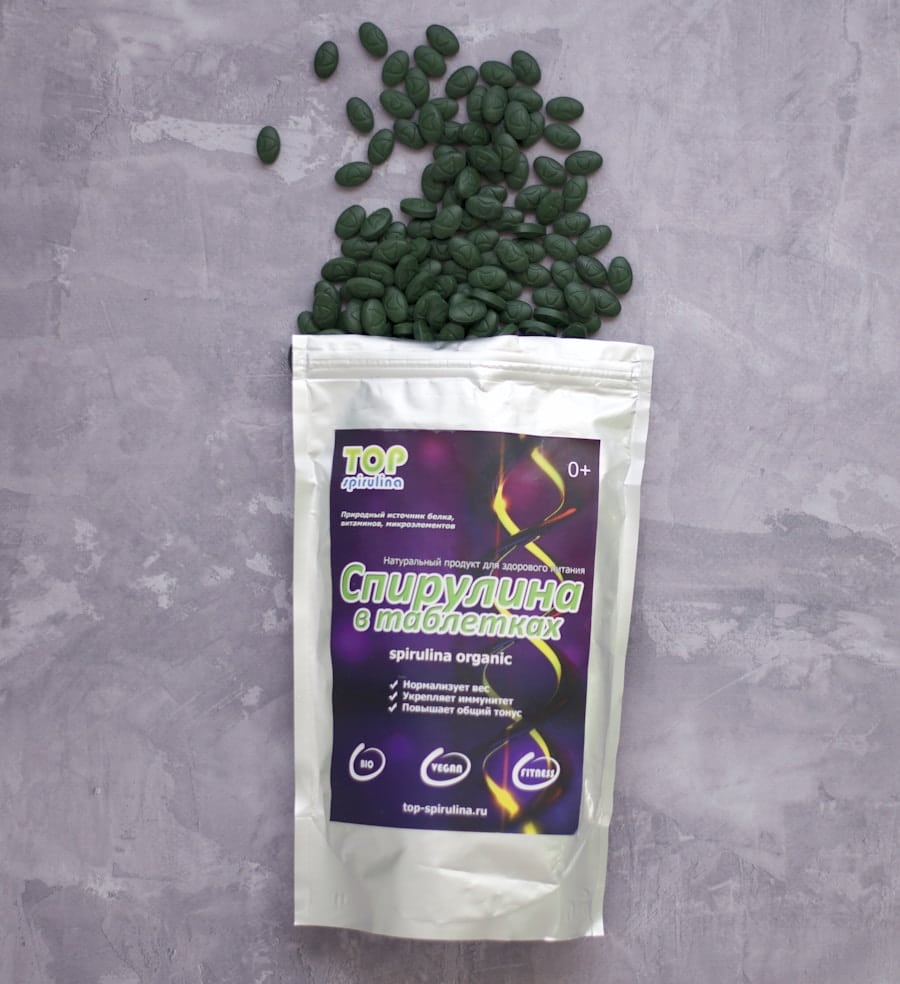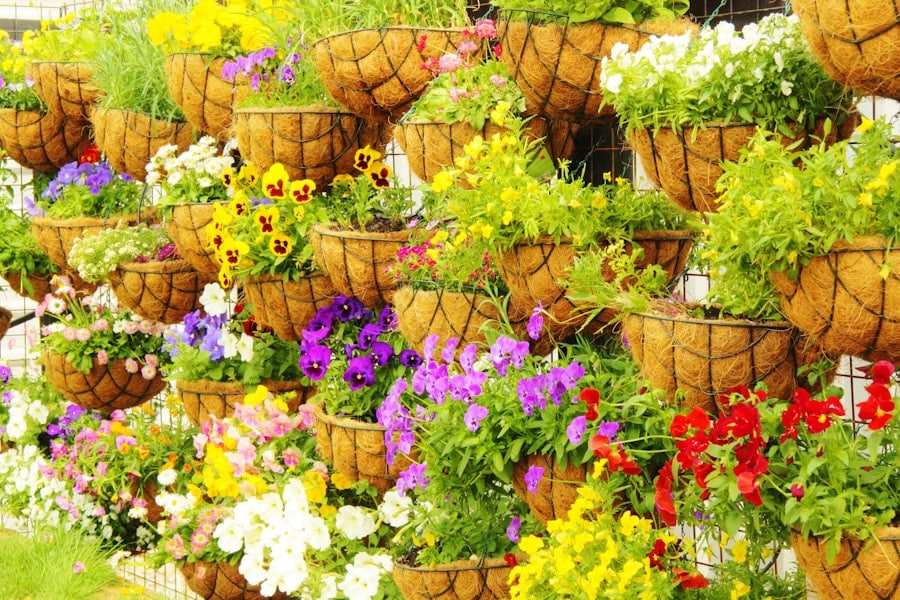Plants, much like humans, require a balanced diet to thrive. Their nutritional needs can be categorized into macronutrients and micronutrients. Macronutrients, which include nitrogen (N), phosphorus (P), and potassium (K), are essential for plant growth and development.
Nitrogen is crucial for leaf and stem growth, phosphorus supports root development and flowering, while potassium is vital for overall plant health, aiding in water regulation and disease resistance. These nutrients are often referred to as the primary nutrients and are typically found in most fertilizers. In addition to macronutrients, plants also require micronutrients such as iron, manganese, zinc, copper, molybdenum, and boron.
Although these elements are needed in smaller quantities, they play critical roles in various physiological processes. For instance, iron is essential for chlorophyll synthesis, which is vital for photosynthesis. A deficiency in any of these nutrients can lead to stunted growth, poor flowering, or even plant death.
Understanding the specific nutritional needs of your plants is the first step toward ensuring they receive the right balance of nutrients for optimal growth. Check out the latest tips for improving your garden’s health with Soil Compost fertilizers.
Key Takeaways
- Understanding the nutritional needs of your plants is crucial for their growth and development.
- Different types of fertilizers offer various benefits, such as promoting root growth or enhancing flower production.
- Selecting the right fertilizer for different types of flowers and plants is essential for optimal growth and health.
- Organic fertilizers have the benefit of being environmentally friendly, while synthetic fertilizers offer precise nutrient control.
- Applying fertilizer at the right time and in the right way is key to maximizing its effectiveness and preventing damage to plants.
Different Types of Fertilizers and Their Benefits
Organic Fertilizers
Organic fertilizers are derived from natural sources such as compost, manure, bone meal, and fish emulsion. They not only provide essential nutrients but also improve soil structure and enhance microbial activity. The slow-release nature of organic fertilizers means that they feed plants gradually over time, reducing the risk of nutrient leaching and promoting sustained growth.
Synthetic Fertilizers
Synthetic fertilizers are chemically manufactured and often contain concentrated forms of nutrients. They are designed to deliver specific nutrients quickly to plants, making them particularly useful for addressing immediate deficiencies. Synthetic fertilizers can be tailored to meet the specific needs of different plants, allowing for precise nutrient management.
Understanding the Benefits and Limitations
However, their rapid release can lead to nutrient runoff and potential environmental concerns if not applied judiciously. Understanding the benefits and limitations of each type of fertilizer is crucial for making informed decisions about plant nutrition.
Selecting the Right Fertilizer for Different Types of Flowers and Plants

Choosing the right fertilizer involves understanding the specific needs of different types of flowers and plants. For instance, flowering plants such as roses and petunias benefit from fertilizers high in phosphorus to promote blooming. A fertilizer with a higher middle number in the N-P-K ratio (e.g., 5-10-5) would be ideal for these plants.
Conversely, leafy vegetables like lettuce and spinach thrive on nitrogen-rich fertilizers that encourage lush foliage growth. A fertilizer with a higher first number (e.g., 10-5-5) would be more suitable for these crops. Additionally, some plants have unique nutritional requirements based on their growth stages.
For example, seedlings require a balanced fertilizer to support initial growth, while mature plants may need a different formulation to sustain their health during flowering or fruiting periods. Understanding these nuances allows gardeners to select fertilizers that align with the specific growth phases and requirements of their plants, ultimately leading to healthier and more productive gardens.
The debate between organic and synthetic fertilizers is ongoing among gardeners and agriculturalists alike. Organic fertilizers are often praised for their environmental benefits; they improve soil health by enhancing its structure and increasing microbial activity. This can lead to better water retention and nutrient availability over time.
Furthermore, organic fertilizers are less likely to cause nutrient burn due to their slow-release nature, making them safer for delicate plants. However, organic fertilizers may have limitations in terms of nutrient concentration and immediate availability. They often require larger quantities to achieve the same nutrient levels as synthetic options, which can be a drawback for large-scale agricultural operations or when quick results are needed.
Synthetic fertilizers, while effective in delivering nutrients rapidly, can pose risks such as soil degradation and water pollution if mismanaged. The choice between organic and synthetic fertilizers ultimately depends on individual gardening goals, environmental considerations, and the specific needs of the plants being cultivated.
When and How to Apply Fertilizer for Maximum Effectiveness
| Fertilizer Type | Best Time to Apply | Application Method |
|---|---|---|
| Nitrogen-based | Early spring | Spread evenly over the soil |
| Phosphorus-based | Before planting | Mix into the soil before planting |
| Potassium-based | During early summer | Apply around the base of the plants |
| Organic fertilizer | Throughout the growing season | Spread evenly over the soil or mix into compost |
Timing and method of fertilizer application are critical factors that influence plant health and growth. Generally, the best time to apply fertilizer is during the active growing season when plants are most receptive to nutrient uptake. For many flowering plants and vegetables, this means fertilizing in early spring as new growth begins and again during mid-summer when they are actively producing flowers or fruit.
The method of application can vary based on the type of fertilizer used. Granular fertilizers can be spread evenly around the base of plants or mixed into the soil before planting. Liquid fertilizers, on the other hand, can be diluted with water and applied directly to the soil or as a foliar spray for quick absorption through leaves.
It’s essential to follow the manufacturer’s instructions regarding application rates and frequency to avoid over-fertilization, which can harm plants rather than help them.
Tips for Avoiding Over-Fertilization and Potential Damage to Plants
Over-fertilization is a common mistake that can lead to detrimental effects on plant health. Symptoms of over-fertilization include leaf burn, stunted growth, and even plant death in severe cases. To avoid this issue, it’s crucial to adhere strictly to recommended application rates based on the specific fertilizer being used.
Conducting a soil test before applying fertilizer can provide valuable insights into existing nutrient levels and help determine whether additional fertilization is necessary. Another effective strategy is to apply fertilizers in smaller doses more frequently rather than a large amount all at once. This approach allows plants to absorb nutrients gradually without overwhelming their systems.
Additionally, observing your plants closely for signs of nutrient deficiency or excess can guide adjustments in your fertilization routine. If you notice yellowing leaves or poor growth despite regular fertilization, it may be time to reassess your approach.
Monitoring and Adjusting Fertilizer Application as Plants Grow

As plants progress through their life cycles, their nutritional needs will change significantly. Young seedlings require different nutrients compared to mature plants that are flowering or fruiting. Regular monitoring of plant health is essential for adjusting fertilizer applications accordingly.
This may involve changing the type of fertilizer used or altering application rates based on observed growth patterns. For instance, if a plant appears to be growing too slowly or has yellowing leaves despite regular fertilization, it may indicate a deficiency in nitrogen or other essential nutrients. Conversely, if leaf tips are browning or curling, it could signal over-fertilization or salt buildup in the soil.
Keeping a gardening journal can be beneficial for tracking changes in plant health over time and making informed decisions about fertilizer adjustments.
Additional Considerations for Maximizing Growth: Soil pH, Watering, and Sunlight
While proper fertilization is vital for plant health, it is equally important to consider other environmental factors that influence growth. Soil pH plays a significant role in nutrient availability; most plants thrive in slightly acidic to neutral pH levels (around 6.0 to 7.0). Conducting regular soil tests can help determine pH levels and guide amendments if necessary.
Watering practices also impact nutrient uptake; overwatering can lead to leaching of nutrients from the soil while underwatering can stress plants and hinder their ability to absorb available nutrients.
Lastly, adequate sunlight exposure is essential for photosynthesis and overall plant vigor.
Different plants have varying light requirements; some thrive in full sun while others prefer partial shade. Understanding these light needs will help ensure that your plants receive optimal conditions for growth alongside proper fertilization practices. By integrating knowledge about nutritional needs with an understanding of environmental factors such as soil pH, watering practices, and sunlight exposure, gardeners can create thriving ecosystems that support healthy plant growth throughout their life cycles.
If you are looking to improve the health and growth of your flowers and plants, consider using fertilizer. Fertilizer provides essential nutrients that can help your plants thrive. For more information on how to properly care for your plants, check out this article on when to harvest broccoli. This comprehensive guide will give you all the information you need to ensure a successful harvest.
FAQs
What is fertilizer?
Fertilizer is a substance that is added to soil or plants to provide essential nutrients that are necessary for their growth and development.
Why do flowers and plants need fertilizer?
Flowers and plants need fertilizer because it provides essential nutrients such as nitrogen, phosphorus, and potassium that are necessary for their growth, flowering, and overall health.
How often should I fertilize my flowers and plants?
The frequency of fertilizing flowers and plants depends on the type of fertilizer used and the specific needs of the plants. In general, it is recommended to fertilize flowers and plants every 4-6 weeks during the growing season.
What are the different types of fertilizers for flowers and plants?
There are different types of fertilizers for flowers and plants, including granular fertilizers, liquid fertilizers, slow-release fertilizers, and organic fertilizers. Each type has its own benefits and application methods.
How do I choose the right fertilizer for my flowers and plants?
When choosing a fertilizer for flowers and plants, it is important to consider the specific nutrient needs of the plants, the type of soil, and the growing conditions. It is also important to follow the instructions on the fertilizer package for proper application.
Can I over-fertilize my flowers and plants?
Yes, over-fertilizing flowers and plants can lead to nutrient imbalances, root burn, and other negative effects. It is important to follow the recommended dosage and application instructions for the specific type of fertilizer being used.
Are there organic options for fertilizing flowers and plants?
Yes, there are organic options for fertilizing flowers and plants, such as compost, manure, and organic fertilizers made from natural ingredients. These options provide nutrients to the plants while also improving the overall health of the soil.

